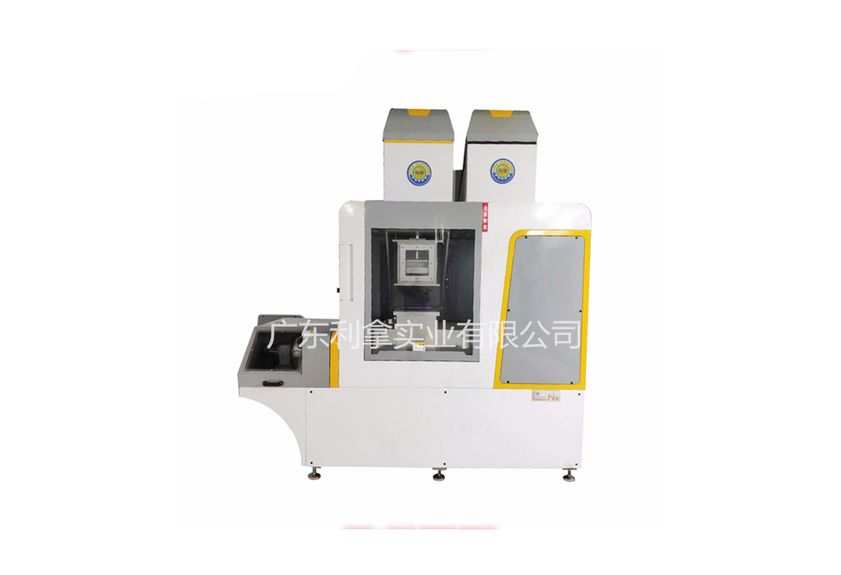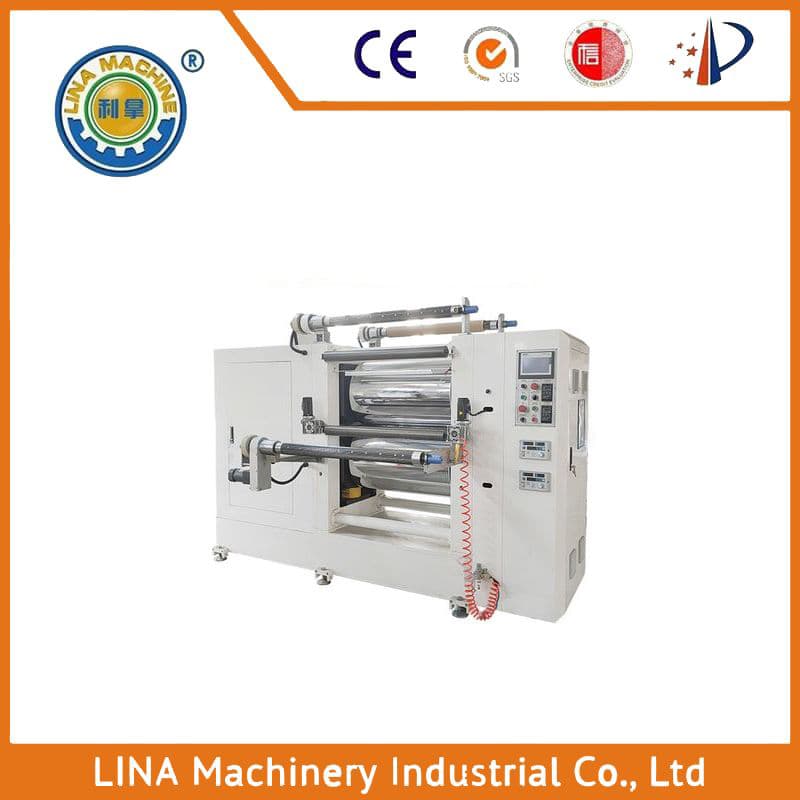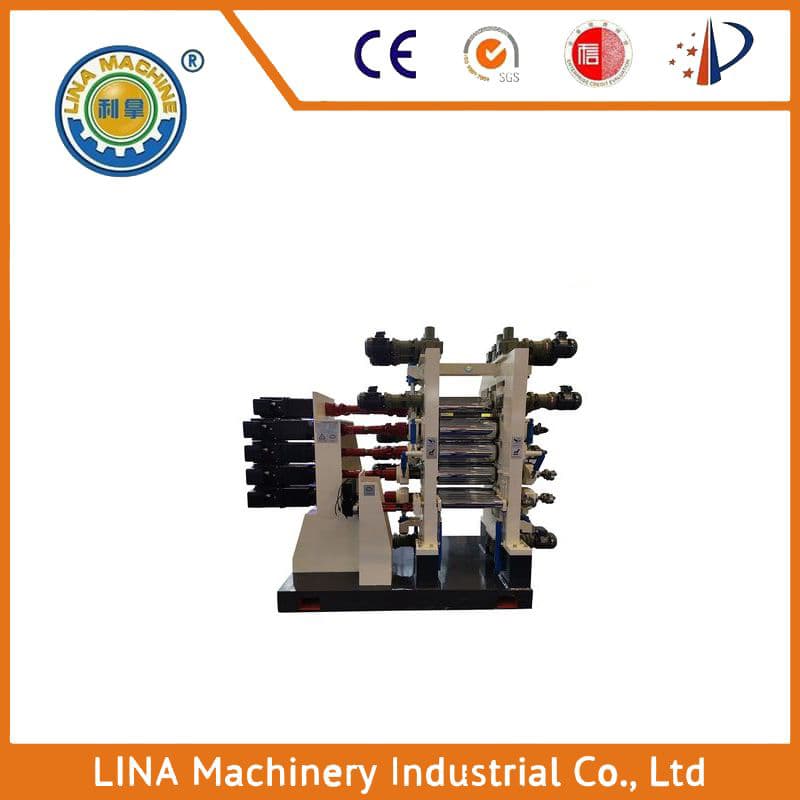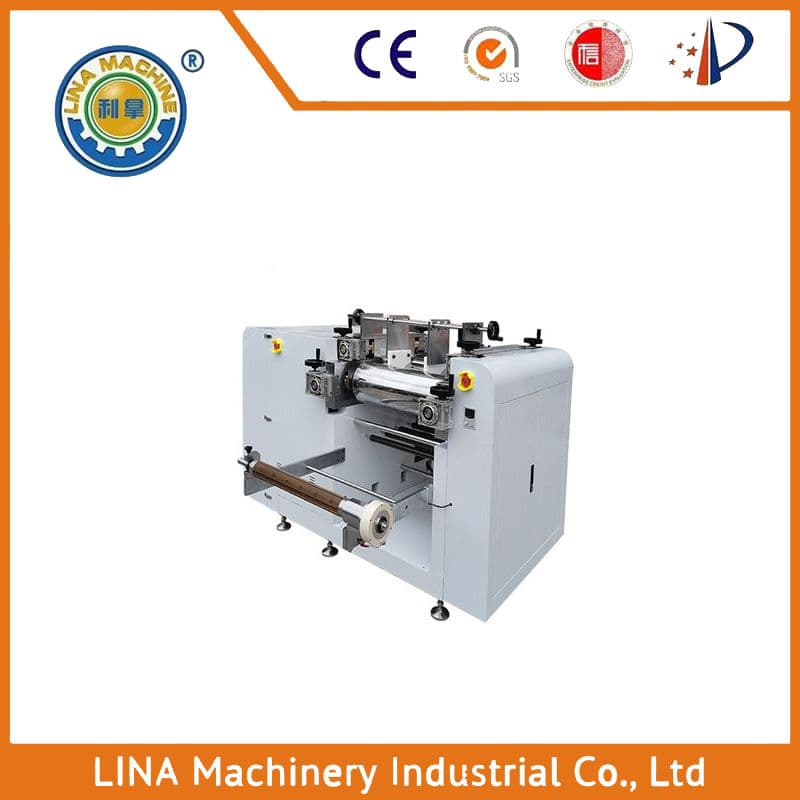The Art of Clay Particle Formation: An Insight into the Ceramic Powder Grinding Machine
Ceramic powder grinding machines are essential tools in the ceramics industry, enabling the creation of finely-milled ceramic powders for use in various applications. These machines work by crushing and pulverizing raw materials like clay, feldspar, and other minerals to produce a uniform and consistent powder that can be molded into desired shapes. In this article, we will explore the working principles of a typical ceramic powder grinding machine, its components, and how it contributes to the overall ceramic production process.
The ceramic powder grinding machine is a complex assembly of mechanical parts that work together to achieve the desired outcome. At its core, the machine consists of a rotating disc or drum that rotates at high speeds to crush the raw materials. This rotational motion is generated by a motor and transmitted through a drive shaft to the grinding disc. The disc is typically made from high-strength steel and has a series of evenly spaced teeth that help to break down the material into smaller particles.
As the raw materials enter the grinding chamber, they are subjected to intense pressure and heat from the rotating disc. This combination of force and temperature causes the minerals to undergo chemical changes, breaking down into smaller particles that are then separated from each other and collected on the inner surface of the drum. The resulting powder is then discharged from the machine and collected for further processing or use as is.
One of the key features of a ceramic powder grinding machine is its ability to control the size and consistency of the powder produced. By adjusting the speed of the rotating disc and the amount of material fed into the machine, manufacturers can create a wide range of particle sizes from ultrafine to coarse. This control over particle size is crucial for ensuring that the final product meets the specifications set by the customer and meets the needs of different applications.
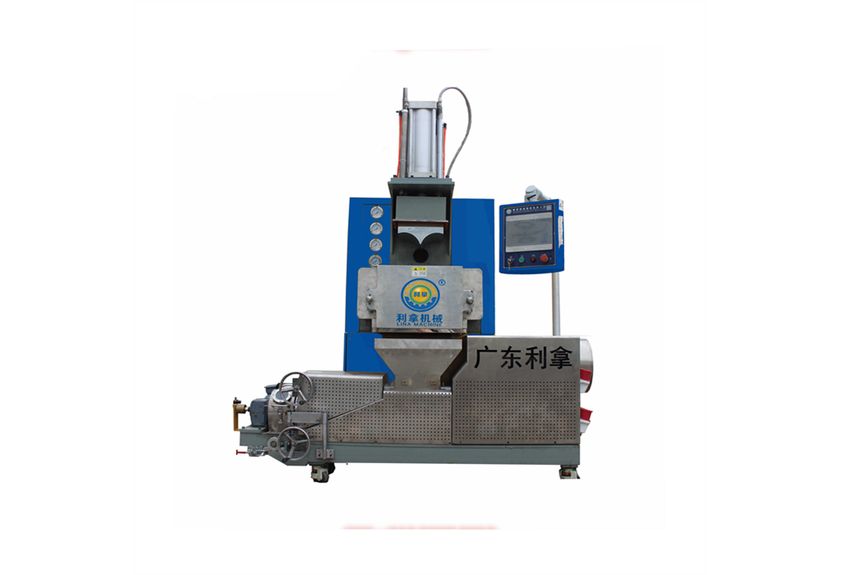
In addition to its role in producing ceramic powders, the ceramic powder grinding machine also plays a critical role in the overall ceramic production process. It is used in conjunction with other equipment such as a ball mill or hammer mill to further refine the powder and remove any impurities. The grinding machine is also often used to prepare raw materials for shaping into finished products, such as tiles or bricks.
Overall, the ceramic powder grinding machine is an essential tool in the ceramics industry, providing a powerful and precise means of producing finely-milled ceramic powders. Its ability to control particle size and consistency, combined with its ability to work efficiently with other equipment, makes it a valuable asset to any ceramic manufacturing facility. As technology continues to advance, we can expect to see even more sophisticated designs and innovations in this important piece of equipment.
